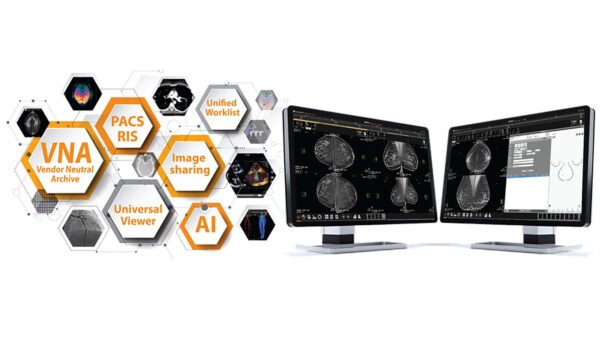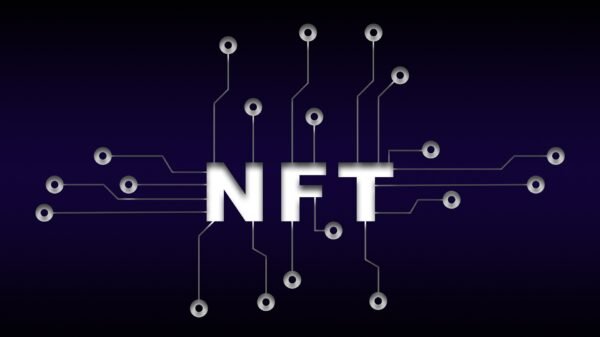What is a Statistics AI Solver?
A statistics AI solver is a sophisticated software tool that leverages artificial intelligence and machine learning algorithms to tackle statistical problems and provide step-by-step explanations. These solvers are designed to assist a diverse audience, including students, educators, professionals, and researchers, by simplifying complex statistical challenges and enhancing the interpretation of data.
At its core, a statistics AI solver utilizes advanced algorithms to process vast amounts of data and generate accurate statistical analyses. By integrating various AI and machine learning techniques, these solvers can identify patterns, predict outcomes, and offer insightful explanations. This capability not only aids in solving statistical problems but also in understanding the underlying principles and methodologies.
The technology behind a statistics AI solver includes natural language processing (NLP) and deep learning algorithms. NLP allows the software to comprehend and interpret user queries in plain language, making it accessible to individuals with varying levels of statistical knowledge. Deep learning algorithms enable the solver to continuously learn and improve from new data inputs, ensuring up-to-date and reliable results.
Statistics AI solvers are integrated into a myriad of statistical tasks, from basic descriptive statistics to complex inferential analyses. They can handle a wide range of statistical methods, including hypothesis testing, regression analysis, ANOVA, and more. This versatility makes them invaluable tools for those who need to perform statistical analysis efficiently and accurately.
Different types of users can benefit from statistics AI solvers. Students can use them to grasp difficult statistical concepts and complete assignments with greater ease. Educators can leverage these tools to facilitate teaching and provide students with practical problem-solving experiences. Professionals in fields such as data science, economics, and healthcare can save time and improve accuracy in their analytical tasks. Researchers can utilize statistics AI solvers to validate their findings and explore new hypotheses with enhanced precision.
In summary, a statistics AI solver is a powerful and versatile tool that democratizes access to complex statistical analysis, making it accessible and understandable to a broad audience. Through the integration of AI and machine learning, these solvers are revolutionizing the way statistical problems are approached and solved.
Benefits of Using a Statistics AI Solver
Integrating a statistics AI solver into your data analysis workflow offers an array of substantial benefits. One of the most prominent advantages is the significant time savings it delivers. Traditional statistical analysis can be a time-consuming process, often involving repetitive calculations and extensive data examination. A statistics AI solver automates these tasks, enabling professionals to focus on interpreting results and making data-driven decisions rather than getting bogged down in manual computations. By streamlining these processes, productivity is notably enhanced, allowing for more efficient project completion.
Accuracy is another critical benefit provided by statistics AI solvers. Human error is an inherent risk in manual data analysis, potentially leading to flawed conclusions. AI solvers eliminate much of this risk by providing precise calculations and reducing human bias. This improved accuracy ensures that conclusions drawn from data are reliable and valid, which is particularly crucial in fields where data integrity is paramount, such as healthcare, finance, and scientific research.
Beyond professional applications, statistics AI solvers serve as valuable educational tools. They offer step-by-step explanations and visual aids that help users understand complex statistical concepts. By breaking down problems and demonstrating the solution process, these tools facilitate deeper learning and comprehension. Students and educators alike can benefit from these features, turning abstract theories into tangible examples that enhance the learning experience.
Testimonials from various user groups underscore these advantages. For instance, a financial analyst noted, “Using the AI solver has cut down my analysis time by half, allowing me to focus more on strategic planning.” Similarly, a university professor stated, “The visual aids and detailed steps in the AI solver have made it easier for my students to grasp difficult statistical concepts.” These examples highlight the solver’s ability to cater to diverse needs, reaffirming its utility across different settings.
“`html
How to Use a Statistics AI Solver
Getting started with a statistics AI solver is both straightforward and user-friendly. The first step typically involves signing up for a trial or subscription, which can be done via the official website of your chosen AI solver. Once registered, you can access the solver through a web interface or a mobile app, depending on your preference and convenience.
Upon gaining access, the next step is to input your statistical question or problem. This can be done through a simple text box or by uploading a related dataset. Ensure that the data you input is clean and well-organized to facilitate accurate analysis. Most solvers allow you to select relevant data points and variables, tailoring the input to your specific needs.
After inputting the data, you can choose the desired level of detail and explanation. Different solvers offer varying degrees of complexity, from basic summaries to in-depth analyses. Tools such as predictive modeling and data visualization options are usually available, enabling you to explore trends and make predictions based on your data. Utilizing these advanced features can significantly enhance your understanding and presentation of the results.
Customizing visualizations and reports is another powerful feature of statistics AI solvers. Many solvers offer a range of charting options, such as pie charts, histograms, and scatter plots, which you can modify to best represent your findings. Tailoring these visual tools to your audience can make your data much more accessible and impactful.
For instance, if you are working on a dataset to predict sales trends, you can input historical sales data into the AI solver. After selecting relevant variables like time periods and product categories, the AI will process the information and provide a forecast. You can then visualize this forecast with trend lines and summary statistics, turning complex data into comprehensible insights.
Overall, the intuitive design and powerful capabilities of statistics AI solvers make solving statistical problems efficient and effective, ensuring you achieve effortless results in minutes.
Choosing the Right Statistics AI Solver
With the myriad of statistics AI solvers available, selecting the appropriate one can often be a daunting task. However, by considering a few critical factors, this process can be simplified. The first aspect to evaluate is the ease of use. An intuitive interface can significantly enhance the user experience, making it easier to navigate through the features and tools without requiring extensive training.
Another crucial factor is the range of features offered by the statistics AI solver. Advanced functionalities such as predictive modeling, data visualization, and export options can cater to both basic and complex statistical needs. Predictive modeling helps in forecasting future trends based on historical data, whereas data visualization tools translate complex data into understandable graphs and charts. Export options allow users to seamlessly transfer their analyses into different formats for further use or presentation.
Support and customer service play a pivotal role in the user experience. A responsive support team can address any issues or queries promptly, ensuring minimal disruption in your workflow. Additionally, evaluating the level of support through customer reviews and testimonials can provide insights into the reliability and effectiveness of the solver’s support system.
Reading reviews and testimonials from other users is essential in gauging the solver’s performance and credibility. User feedback often highlights both the strengths and weaknesses, offering a balanced view of what to expect. Moreover, considering the solver’s reputation in the market provides an additional layer of assurance regarding its quality and reliability.
Ultimately, the decision should align with your specific needs, whether personal or professional. For instance, a professional requiring extensive data analysis might prioritize solvers with advanced features, while a student might prefer a user-friendly interface. By thoroughly assessing these factors, you can make an informed decision and choose a statistics AI solver that best matches your requirements, ensuring efficient and effective statistical problem-solving.







































































Pingback: Accurate Ethereum Gas Calculator: Easily Calculate Gas Fees for Your Transactions
Sammie Imify
August 20, 2024 at 4:36 pm
Truly appreciate your well-written posts. I have certainly picked up valuable insights from your page. Here is mine Article World about SEO. Feel free to visit soon.